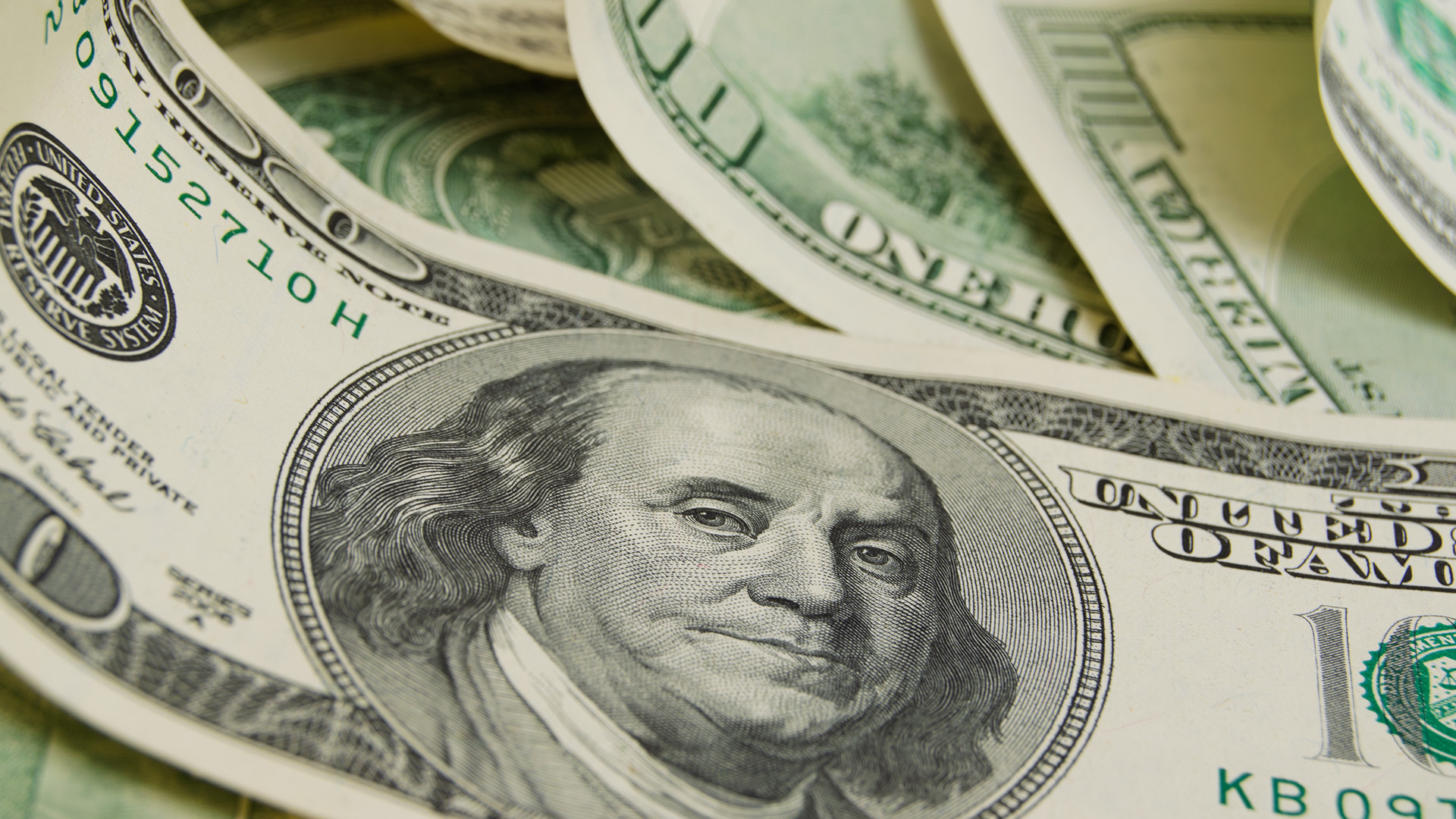Investors, especially on Wall Street and later today in Australia, received the rude shock they deserved from the slight fall in US Consumer Price Inflation in January.
US headline inflation slowed to 3.1% in January, down from 3.4% in December. It was a smaller-than-expected drop, challenging market expectations that the Federal Reserve will begin cutting interest rates in May.
Prices were up 0.3% month-on-month, which on the face wasn’t too bad, but on a core basis, the reading was not a good one.
Excluding volatile food and energy prices, the core CPI accelerated 0.4% in January and was up 3.9% from a year ago, unchanged from December.
The forecast had been for 0.3% and 3.7%, respectively, so that reading went down like a lead balloon.
Investors had hyped themselves up to demand the headline rate be less than 3%, so when it wasn’t, down went shares and gold, up went bond yields, and the value of the US dollar.
The key 10-year Treasury bond yield bounced from 4.14% just before the 8:30 am release (12:30 am here in Australia) to 4.29% just after that time. It was around 4.30% late in the session, the highest in 10 weeks.
The Aussie dollar fell under 64.50 US cents as the greenback rose strongly, while gold slumped more than $US28 an ounce to around $US2,004 on Comex.
The Dow lost more than 700 points in the closing hour of trading, and the Nasdaq’s fall was more than 2%, while the loss for the S&P 500 was close to 2%.
Wall Street saw some of the biggest one-day falls since last March, and the ASX looks like starting for a loss of well over 100 points.
That means today won’t be the day delivering financial results that disappoint – watching the reception a terrible set of figures expected from Fletcher Building will be a good guide to market sentiment.
The CPI reading of 3.1% was much lower than the January 2023 figure of 6.4%, which confirms the progress made in the past year, but investors are demanding more – now!
But there’s no point in blaming the Fed, the CPI, or anyone else for the sell-off on Tuesday and the one today – overly optimistic investors are to blame for the mess. Their demand for rate cuts, ‘Now’ had blinded them to what is happening in the various economies and led them to ignore the vagaries of inflationary situations where you get leads, lags, overshoots, and undershoots in the data.
Remember we started 2024 with the belief that the Fed would start cutting in March.
That belief lasted for most of January, and it wasn’t until the post-meeting comments from chair Jay Powell after the central bank’s first meeting of the year on January 31-February 1 that ended the March rate cut story.
That has lasted less than a fortnight.
The next meeting is May 1; the one after that is mid-June, so naturally, the bulls focused on May and sent the Dow, S&P 500 (and the ASX 200 here) up to new highs. That was helped by the blind faith investors have in AI and stocks like Nvidia.
Investors would do well to heed comments like this on the progress of inflation (tip: it hasn’t fallen, just the rate of price growth is slowing, slowly).
“Inflation is generally moving in the right direction,” said Lisa Sturtevant, chief economist at Bright MLS told CNBC.
“But it’s important to remember that a lower inflation rate does not mean that prices of most things are falling — rather, it simply means that prices are rising more slowly.
"Consumers are still feeling the pinch of higher prices for the things they buy most often,” she added.
And, after Tuesday, so are investors who got ahead of themselves – again and tried to stampede the Fed into cutting rates earlier than it wants to.
The sharp falls in shares, gold, and the surge in bond yields all confirm the old market adage – ‘Don’t fight the Fed’.














